Latest Posts
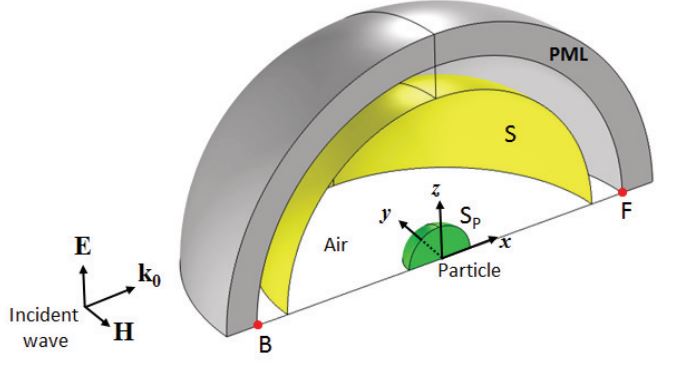
AltaSim Simulates Mie Scattering of Electromagnetic Waves
Researchers from AltaSim Technologies used simulation to analyze the Mie scattering of electromagnetic waves and how it compares to the Mie solution. Get the full story >>
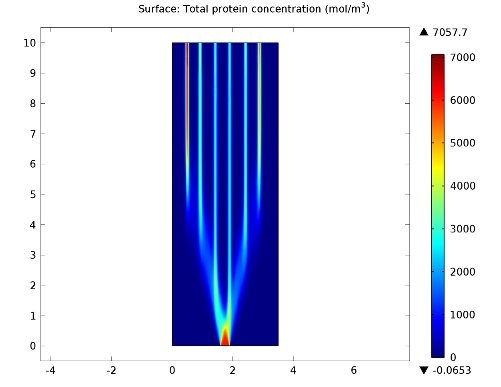
Isoelectric Focusing and the Migration of Chemical Species
Isoelectric focusing is a type of electrophoresis used by researchers to identify small chemical differences between molecules. Learn about using the COMSOL® software to analyze this process.
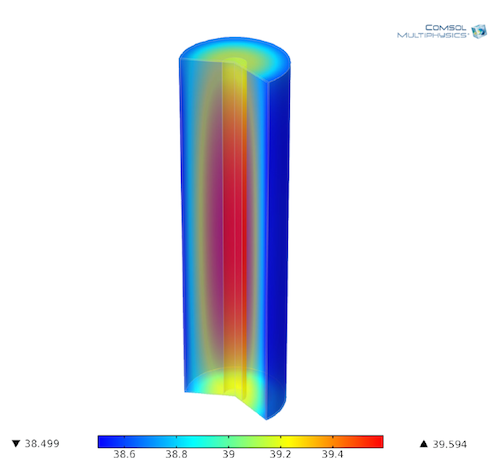
Modeling Lithium-Ion Batteries for Quality and Safety Assurance
Intertek Semko AB assesses more than 20,000 lithium-ion batteries per year. Learn about how they use COMSOL Multiphysics® to understand and analyze their battery and fuel cell designs.

The Physics Behind Baseball Pitches
3 forces affect a baseball pitch after leaving a pitcher’s hand: gravity, drag, and the Magnus force. Gravity pulls the ball down, drag slows the ball, and the Magnus force depends on the pitch.
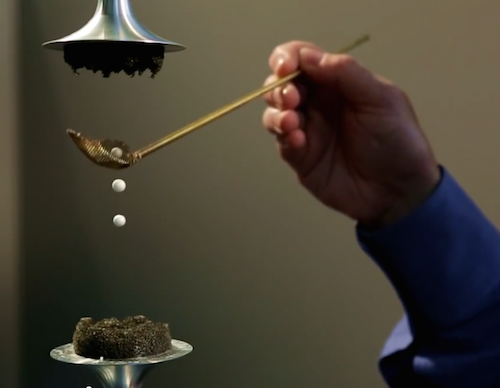
Acoustic Levitation Puts a Pure Spin on Medicine Fabrication
Engineers from Argonne National Laboratory used multiphysics simulation and trial-and-error prototyping to optimize the effectiveness of an acoustic levitator for medical fabrication.
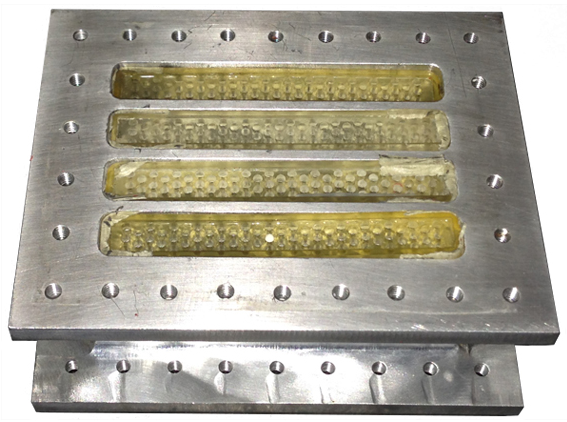
Improving Atmosphere Revitalization for Manned Spacecraft
NASA researchers developed an atmosphere revitalization approach that relies on water adsorption. The team used COMSOL Multiphysics® to model the gas flow and water concentrations in the device.

Exploiting Symmetry to Simplify Magnetic Field Modeling
Get an introduction to the types of symmetry boundary conditions that you can exploit in your EM models.
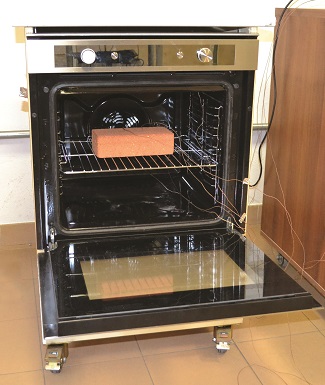
A Recipe for Success at Whirlpool Corporation
Engineers at Whirlpool Corporation and the GREENKITCHEN European green energy initiative project used multiphysics simulation to improve energy efficiency in kitchen appliances.
